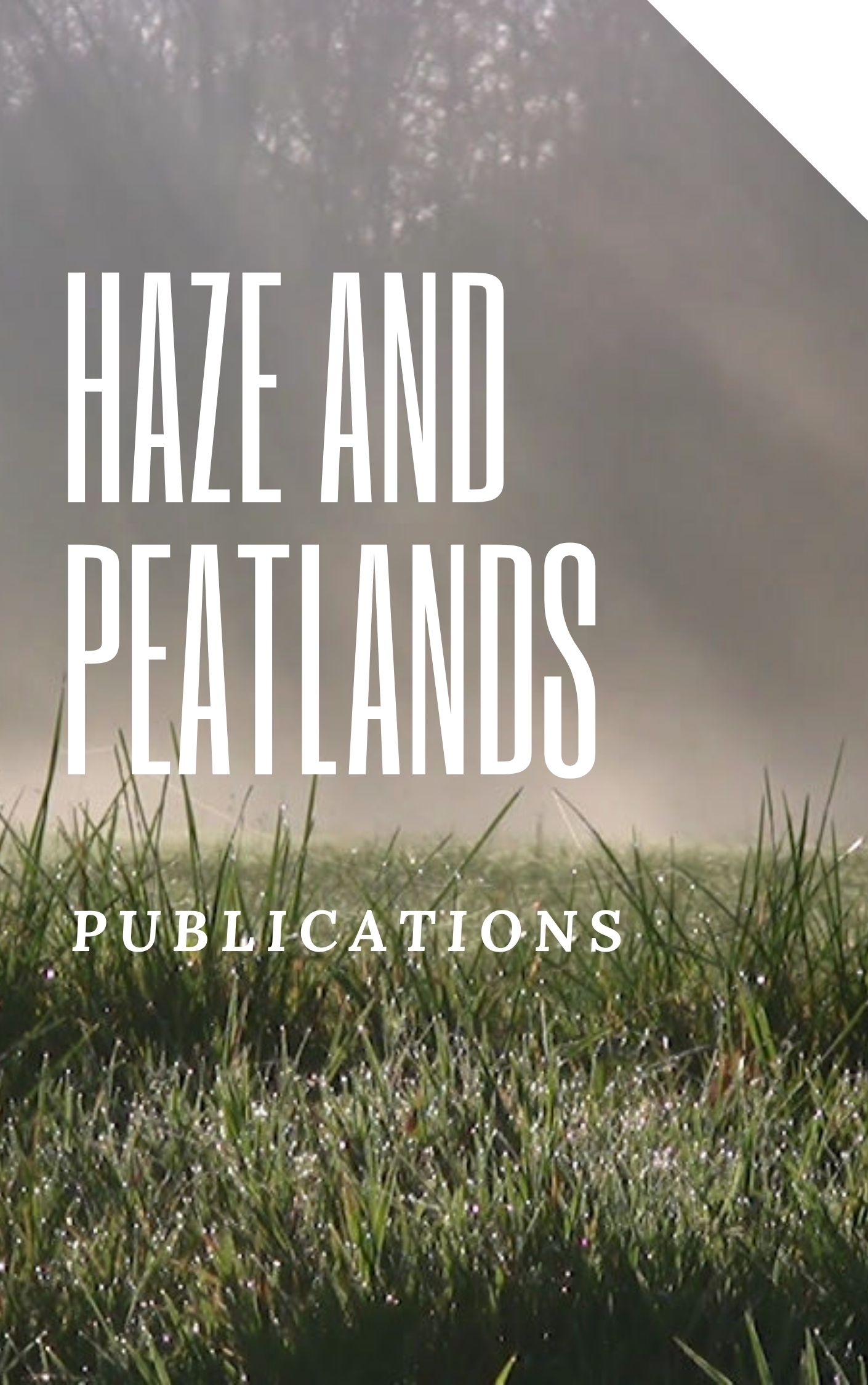In order to improve our understanding of air quality in Southeast Asia, the anthropogenic emissions inventory must be well represented. In this work, we apply different anthropogenic emission inventories in the Weather Research and Forecasting Model with Chemistry (WRF-Chem) version 3.3 using Model for Ozone and Related Chemical Tracers (MOZART) gas-phase chemistry and Global Ozone Chemistry Aerosol Radiation and Transport (GO-CART) aerosols to examine the differences in predicted carbon monoxide (CO) and ozone (03) surface mixing ratios for Southeast Asia in March and December 2008. The anthropogenic emission inventories include the Reanalysis of the TROpospheric chemical composition (RETRO), the Intercontinental Chemical Transport Experiment-Phase B (INTEX-B), the MACCity emissions (adapted from the Monitoring Atmospheric Composition and Climate and megacity Zoom for the Environment projects), the Southeast Asia Composition, Cloud, Climate Coupling Regional Study (SEAC4RS) emissions, and a combination of MACCity and SEAC4RS emissions. Biomass-burning emissions are from the Fire Inventory from the National Center for Atmospheric Research (NCAR) (FINNv1) model. WRF-Chem reasonably predicts the 2 m temperature, 10 m wind, and precipitation. In general, surface CO is underpredicted by WRF-Chem while surfaceO(3) is overpredicted. The NO2 tropospheric column predicted by WRF-Chem has the same magnitude as observations, but tends to underpredict the NO2 column over the equatorial ocean and near Indonesia. Simulations using different anthropogenic emissions produce only a slight variability of O-3 and CO mixing ratios, while biomass-burning emissions add more variability. The different anthropogenic emissions differ by up to 30 % in CO emissions, but O-3 and CO mixing ratios averaged over the land areas of the model domain differ by similar to 4.5 % and similar to 8%, respectively, among the simulations. Biomass-burning emissions create a substantial increase for both O-3 and CO by similar to 29 % and similar to 16 %, respectively, when comparing the March biomass-burning period to the December period with low biomass-burning emissions. The simulations show that none of the anthropogenic emission inventories are better than the others for predicting O-3 surface mixing ratios. However, the simulations with different anthropogenic emission inventories do differ in their predictions of CO surface mixing ratios producing variations of similar to 30% for March and 10-20 % for December at Thai surface monitoring sites.
View source

